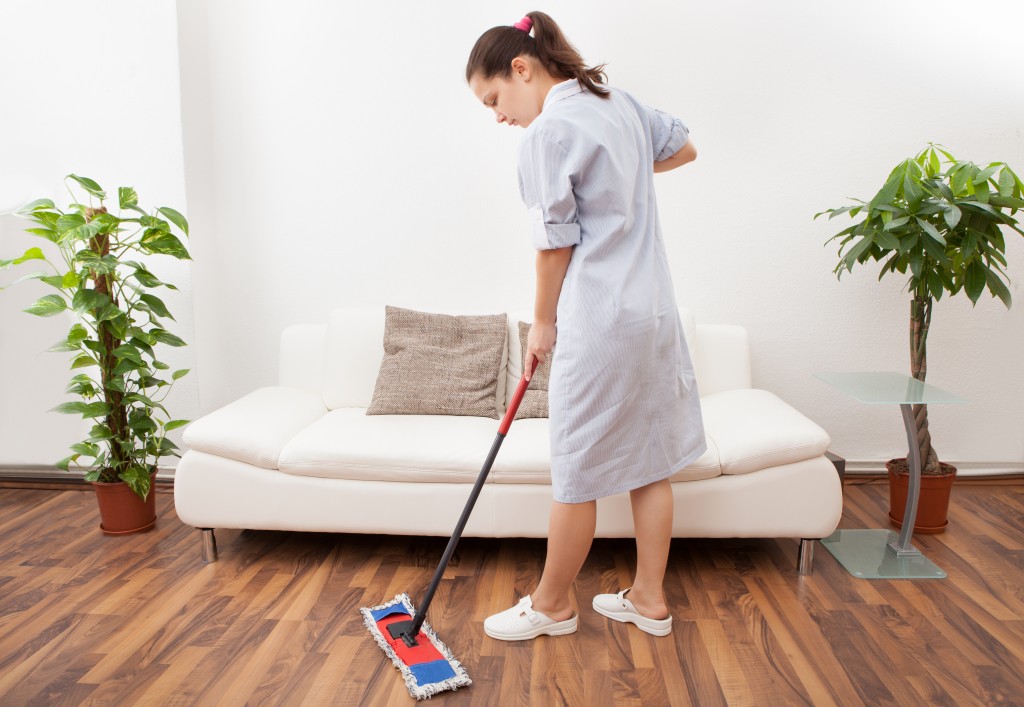Did you lose your job or close your shop during the pandemic? You’re one of more than 13 million Americans who are currently unemployed, according to the latest data from the U.S. Bureau of Labor Statistics. The situation was much worse in April and May, but the unemployment rate appears to have dropped in August. So, there’s hope for you to get back on the workforce train soon.
But while you’re home, between jobs, and contemplating your next move, why not do a bit of fixing around the house? After all, once you go back to work, you won’t be around to do it. This is your chance. What can you do?
Repaint your garage
One thing that needs your TLC right now is your garage. If you’ve been living in your home for some time, your concrete garage might have endured years of wear and tear. Extreme weather can bring cracks and holes on your garage floor. Why don’t you apply epoxy coating on your garage floor to beautify and make it durable? The process is simple.
- Prep your garage floor by hosing it with water to find oily and stained areas. Apply a biodegradable degreaser to these problem areas and use a long-handled scrub brush to remove oil stains.
- Acid-etch the floor so the concrete sealer will stick properly to the surface. Use a plastic sprinkling can (don’t use metal) to pour the acid. Don’t forget to wear rubber gloves, chemical-resistant boots, and goggles when doing so.
- After acid-etching, hose down the garage floor with water, then remove particles formed using a wet/dry vacuum. The floor should be completely dry.
- Mix the two parts of your epoxy coat well and wait 30 minutes for the chemical reaction to set in before applying.
- Paint your garage floor and let it dry completely. Apply a second coating and add color flakes while wet, to mask existing cracks and holes.
You finally have a stain-resistant, long-lasting garage floor.
Add insulation to your attic

Over time, the insulation in your attic can diminish, leaving you with a thin layer to keep your home warm or cool. Before the cold months arrive, check your attic and make sure you’re ready for winter. Here’s a short step-by-step from This Old House.
- Measure the insulating material with a tape measure. How thick is it? If your insulation material isn’t thick enough, it’s time to add.
- Get a bag or bags of cellulose insulation to fill up your attic’s wood beams. Throw the material into the pile, and spread and level it using a rake. You might have insulation as thick as your beams, but it still won’t be enough to heat your home.
- Add unfaced fiberglass insulation, as much as you need. Cut it to the right size to make sure there are no gaps.
- If you’re using your attic to store things, you can create a wooden platform frame, fill it with fiberglass insulation, and nail an OSB board over the frame to cover it.
- Finally, you can use two-inch polystyrene boards to cover your sub-floor.
Other home checks
Apart from checking your garage and attic, check your basement and plumbing system. Make sure the recent rains did not cause leaks or floods in your basement walls and floors.
It’s not too late to plan for winterizing your pipes, too. Try all your bathroom and kitchen fixtures and ensure their good condition. If you know a bit about electrical systems, check outlets and busted bulbs.
You’ll never run out of things to do while enjoying your temporary free time. Find assurance in the thought that when you get back to work, you can reminisce these “idle” days and say, “I have done a good job!”

